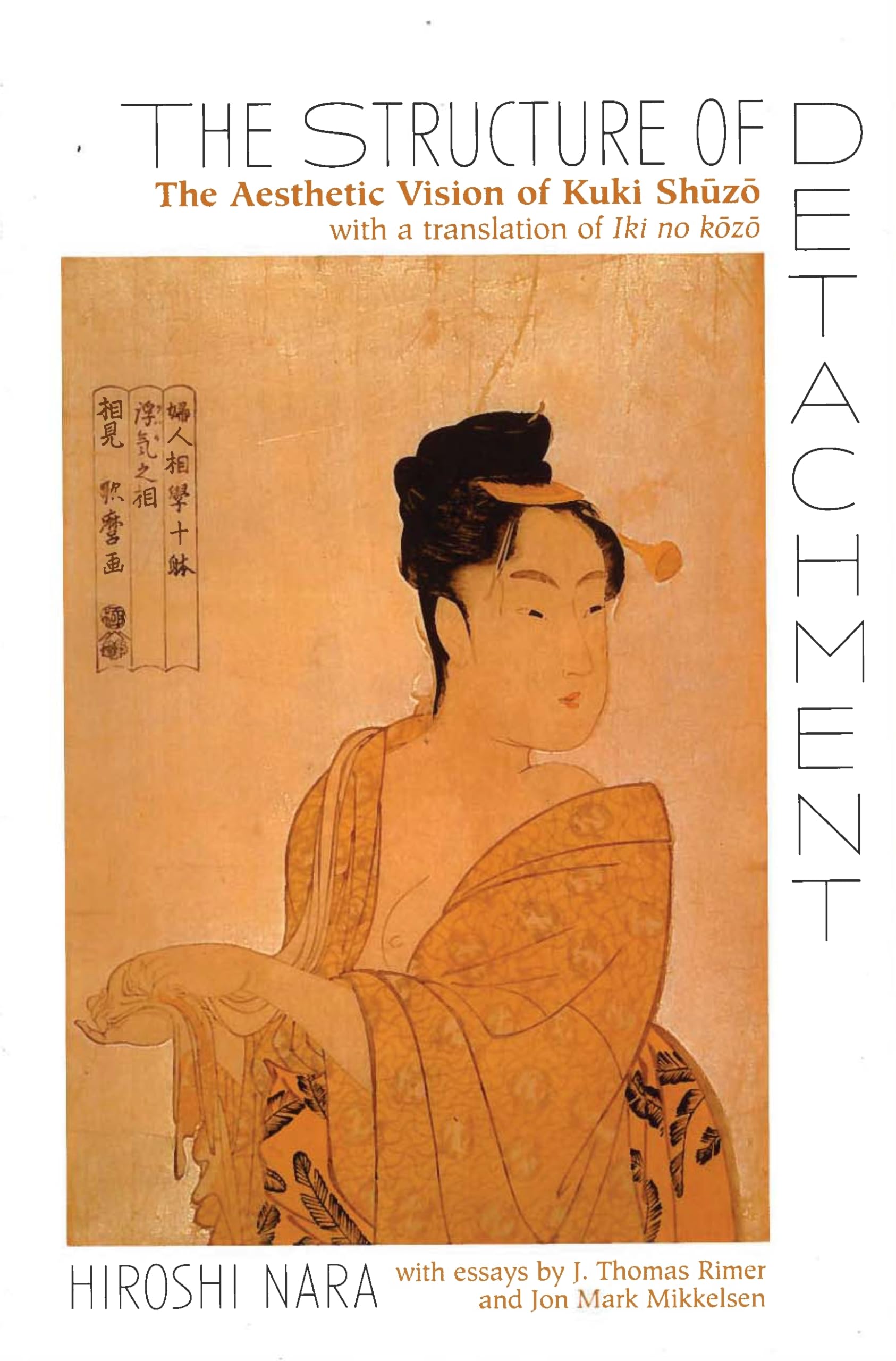
Title

The Structure of Detachment: The Aesthetic Vision of Kuki Shuzo,Used
Processing time: 1-3 days
US Orders Ships in: 3-5 days
International Orders Ships in: 8-12 days
Return Policy: 15-days return on defective items
Published in 1930, when Japan was struggling to define and assert its national and cultural identity, The Structure of Iki (Iki no kz) reintroduced the Japanese to a sophisticated tradition of urbane and spirited stylishness (iki) that was forged in the Edo period. Upon his return from Europe, Kuki Shz (18881941) made use of the new theoretical frameworks based on Western Continental methodology to redefine the significance of iki in Japanese society and culture. By applying Heideggers hermeneutics to this cultural phenomenon, he attempted to recast traditional understanding in the context of Western aesthetic theory and reestablish the centrality of a purely Japanese sense of 'taste.'The three critical essays that accompany this new translation of The Structure of Iki look at various aspects of Kuki, his work, and the historical context that influenced his thinking. Hiroshi Nara first traces Kukis interest in a philosophy of life through his exposure to Husserl, Heidegger, and Bergson. In the second essay, J. Thomas Rimer compels readers to reexamine The Structure of Iki as a work in the celebrated tradition of zuihitsu (streamofconsciousness writings) and takes into account French literary influences on Kuki. The philosophers controversial link with Heidegger is explored by Jon Mark Mikkelsen in the final essay.
⚠️ WARNING (California Proposition 65):
This product may contain chemicals known to the State of California to cause cancer, birth defects, or other reproductive harm.
For more information, please visit www.P65Warnings.ca.gov.
- Q: What is the main theme of 'The Structure of Detachment'? A: 'The Structure of Detachment' explores the concept of 'iki,' a Japanese aesthetic ideal, and how it was redefined by Kuki Shuzo in the context of Western philosophical influences, especially after his experiences in Europe.
- Q: Who is the author of this book? A: The book is authored by Hiroshi Nara, who provides critical essays accompanying Kuki Shuzo's original work.
- Q: When was 'The Structure of Detachment' first published? A: 'The Structure of Detachment' was originally published in 1930, but the new translation was published on April 30, 2005.
- Q: How many pages does this book have? A: The book consists of 200 pages.
- Q: What type of binding does the book have? A: The book is available in paperback binding.
- Q: What are some key influences discussed in the book? A: Key influences discussed include Western philosophers such as Husserl, Heidegger, and Bergson, and their impact on Kuki Shuzo's interpretation of Japanese aesthetics.
- Q: Is this book suitable for beginners interested in Japanese aesthetics? A: Yes, the book is suitable for beginners as it provides a comprehensive introduction to Kuki Shuzo's thoughts on Japanese aesthetics within a historical context.
- Q: Does this book include any critical essays? A: Yes, the book includes three critical essays that analyze Kuki's work and the historical context surrounding his philosophy.
- Q: What is the condition of the book? A: The book is in new condition.
- Q: Can this book be used for academic purposes? A: Yes, 'The Structure of Detachment' is well-suited for academic studies in philosophy, aesthetics, and Japanese cultural studies.

